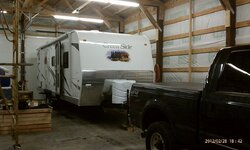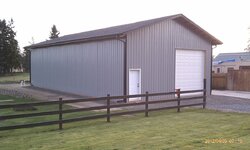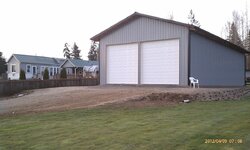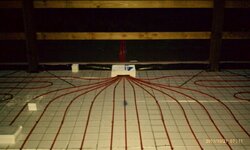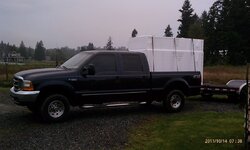So I'm thinking about a stove for the new 30x60 shed out back with a 14' ceiling. My dream stove would be a BK King, more realistic is an englander 30, and another thought is a wood furnace, but the first hot box will most likely be the biggest Fisher freestander (grandpa or papa) since two of them available to me for free. Anyway, I need to plan for the flue and am deciding between 6 and 8" stuff.
The real big freestanders (king and fisher) have an 8" collar. But the real big furnaces and the big englander NC30 only need a 6".
6" is cheaper of course and seems that less heat would be wasted up the flue. More efficiency from an appliance means less need for a large flue to vent the heat.
The big BK cat stove. Does it really need an 8" flue or is it just because back in the olden days when they made the dies for this stove, that was a common flue size? Perhaps it is just a function of not smoking up the room when you open the loading door?
What would you do? The whole flue will be vertical and 22' from floor to cap.
The real big freestanders (king and fisher) have an 8" collar. But the real big furnaces and the big englander NC30 only need a 6".
6" is cheaper of course and seems that less heat would be wasted up the flue. More efficiency from an appliance means less need for a large flue to vent the heat.
The big BK cat stove. Does it really need an 8" flue or is it just because back in the olden days when they made the dies for this stove, that was a common flue size? Perhaps it is just a function of not smoking up the room when you open the loading door?
What would you do? The whole flue will be vertical and 22' from floor to cap.



